Effective Cat Itch Relief & FASS Management
Introduction: Why skin barrier repair matters
Effective cat itch relief and determining the best anti-itch approach require a multifaceted strategy that combines veterinary-prescribed systemic treatments with essential skin barrier support. Persistent itch (pruritus) is a core symptom of Feline Atopic Skin Syndrome (FASS), a chronic allergic condition affecting many cats.
For immediate and severe relief, systemic medications (oral glucocorticoids and modified ciclosporin) have strong evidence of efficacy. However, because skin barrier dysfunction is central to FASS (high TEWL correlates with worse clinical signs), topical barrier repair is recommended as an essential adjunct.
DermaProtect Skin Barrier Repair Serum — Product summary
DermaProtect Skin Barrier Repair Serum for Cats is a topical, plant-based formula designed to support skin barrier repair, hydration and comfort. It is intended as a complement to veterinary-approved therapies for itchy or sensitive skin, not a substitute for veterinary diagnosis.
Key ingredients
- Calendula officinalis in Vitis vinifera — soothes irritation and supports tissue regeneration.
- Pelargonium rosae (rose geranium) — balancing properties and gentle insect-deterring effect.
- Cocos nucifera (coconut oil) — nourishes and supports lipid layers for hydration.
- Azadirachta indica (neem) — traditionally used for natural insect-repellent and skin-purifying effects.
- Salvia sclarea (clary sage) — calming action to help reduce stress-related grooming behaviours.
How DermaProtect helps itch, over-grooming & hairballs
DermaProtect helps by reinforcing the surface skin barrier—reducing transepidermal water loss (TEWL) and restoring hydration—so the skin is less prone to irritation.
- Reduces the urge to over-groom: calming ingredients such as calendula and clary sage soothe irritated skin, which can lower the cat’s drive to lick and chew problem areas.
- Fewer hairballs: less licking leads to less hair ingestion and consequently fewer hairball episodes and associated digestive signs.
- Natural flea deterrence: pelargonium and neem provide gentle insect-repelling properties that support a comprehensive flea-control programme (note: this is complementary and not a replacement for licensed parasiticides).
Safety & Using with Prescribed Medications
When applied as directed, topical barrier serums like DermaProtect have minimal systemic absorption and therefore a very low risk of pharmacological interaction with prescribed systemic medications. However, if your cat is taking immunosuppressants (for example ciclosporin) or other long-term systemic drugs, always check with your veterinary surgeon prior to introducing a new product.
Important: Avoid claiming the product "replaces" prescription medications. Position DermaProtect as an adjunct to veterinary care.
How vets diagnose FASS
FASS is a diagnosis of exclusion. Because many diseases cause similar signs, veterinarians must systematically rule out other causes:
- Parasites: fleas/flea allergy, Notoedres cati, and Demodex gatoi. Year-round ectoparasite control is essential.
- Infections: bacterial or yeast overgrowth must be confirmed and treated based on cytology.
- Food allergy: ruled out by an 8-week elimination diet trial in cases of non-seasonal or persistent signs.
Most effective long-term treatments for FASS
Long-term management often combines systemic medication, immunotherapy and topicals:
- Glucocorticoids: effective for acute flares and during diagnostic phases (oral prednisolone commonly used short-term).
- Modified ciclosporin: effective for year-round signs (typical starting dose described in veterinary literature; vets will tailor dosing).
- Allergen-Specific Immunotherapy (ASIT): recommended for cats with chronic, seasonal or perennial disease; can reduce reliance on systemic meds over time.
Prognosis & ongoing management
FASS is not curable but is manageable. Expect periodic flares even with good control. Long-term plans should include veterinary review, a reliable flea-control protocol, dietary considerations where appropriate, and topical barrier support such as DermaProtect to improve comfort between veterinary visits.
FAQ
- What causes my cat to be constantly itchy and lick itself bald?
- Persistent severe itching is commonly due to FASS — allergy to environmental allergens (pollens, mould, mites) leading to pruritus, miliary dermatitis and self-induced alopecia.
- Why is fixing the skin barrier so important?
- Damaged barrier → increased TEWL → drier, more irritated skin. Studies show TEWL correlates with severity of signs in cats, so supporting the barrier is a crucial therapy pillar.
- How does DermaProtect help my cat’s itch and over-grooming?
- It soothes irritated skin, helps restore hydration and lipid balance, reduces the urge to over-groom and therefore decreases hair ingestion and hairballs.
- Is DermaProtect safe to use alongside vet-prescribed medications?
- Yes — minimal systemic absorption; check with your vet if your cat is on immunosuppressive drugs or other long-term therapies.
References
- https://pmc.ncbi.nlm.nih.gov/articles/PMC6168015/
- https://onlinelibrary.wiley.com/doi/abs/10.1111/vde.12361
- https://pubmed.ncbi.nlm.nih.gov/30323921/
- https://pubmed.ncbi.nlm.nih.gov/33470011/
- https://www.cliniciansbrief.com/article/fass-cats-diagnosis-treatment
- https://vetacademy.royalcanin.es/wp-content/uploads/2024/06/Feline-atopic-dermatitis-demystified.pdf

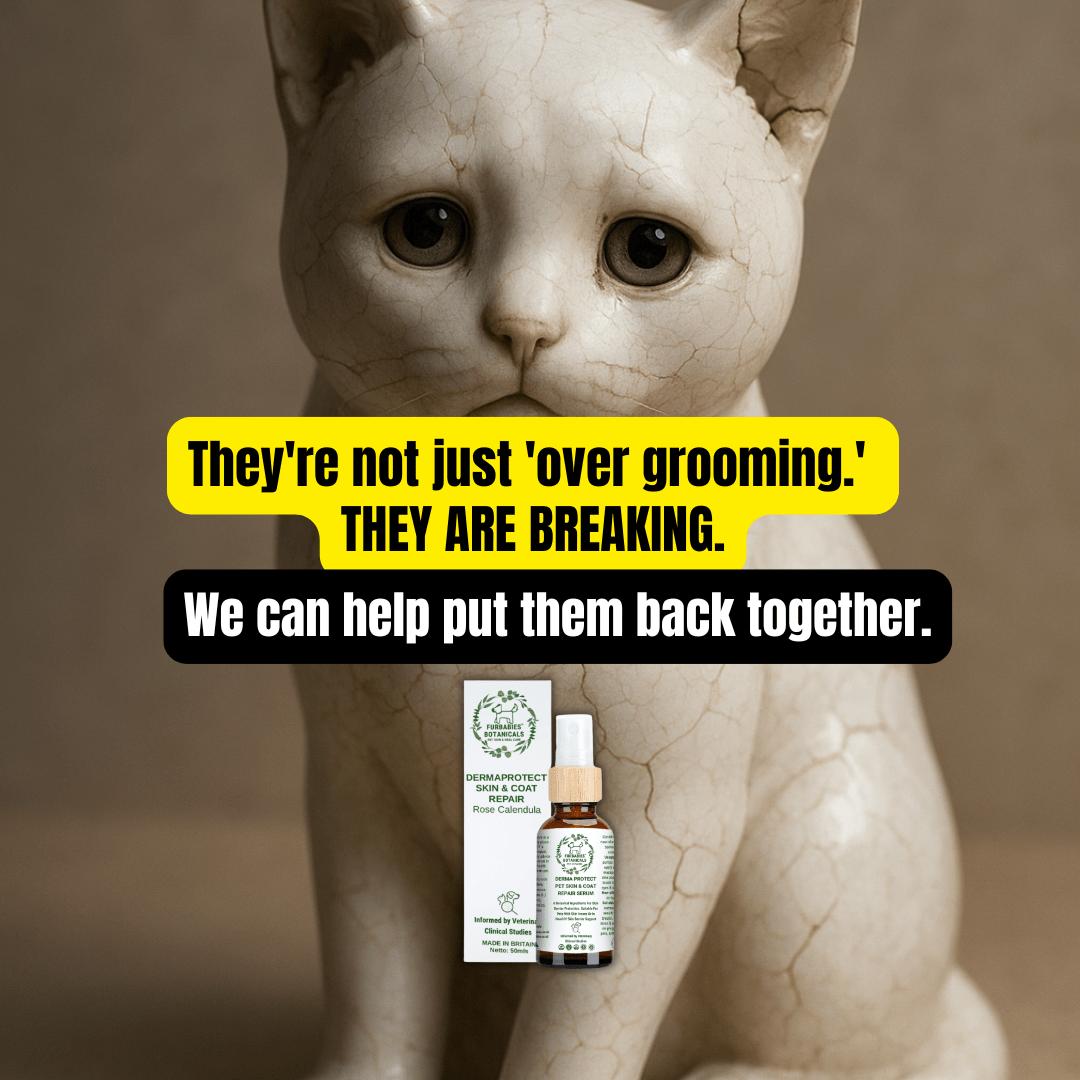


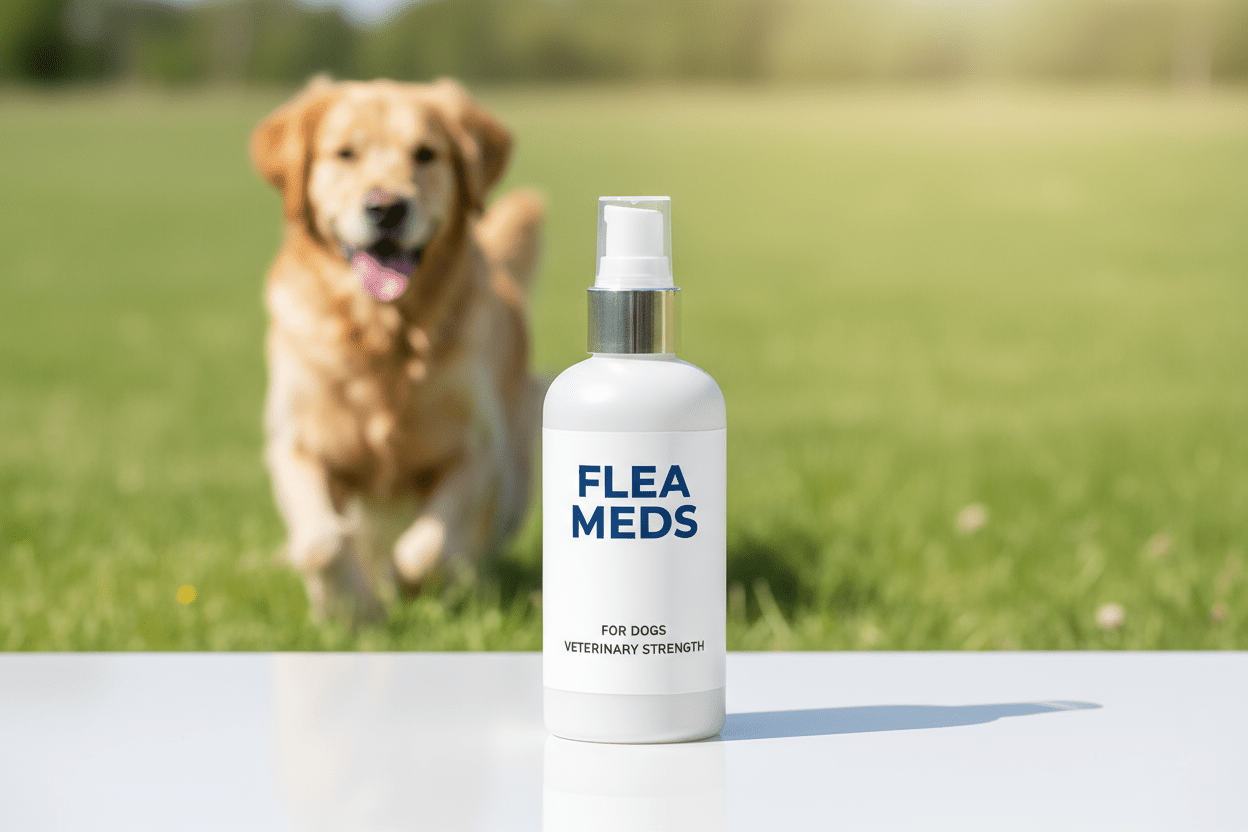
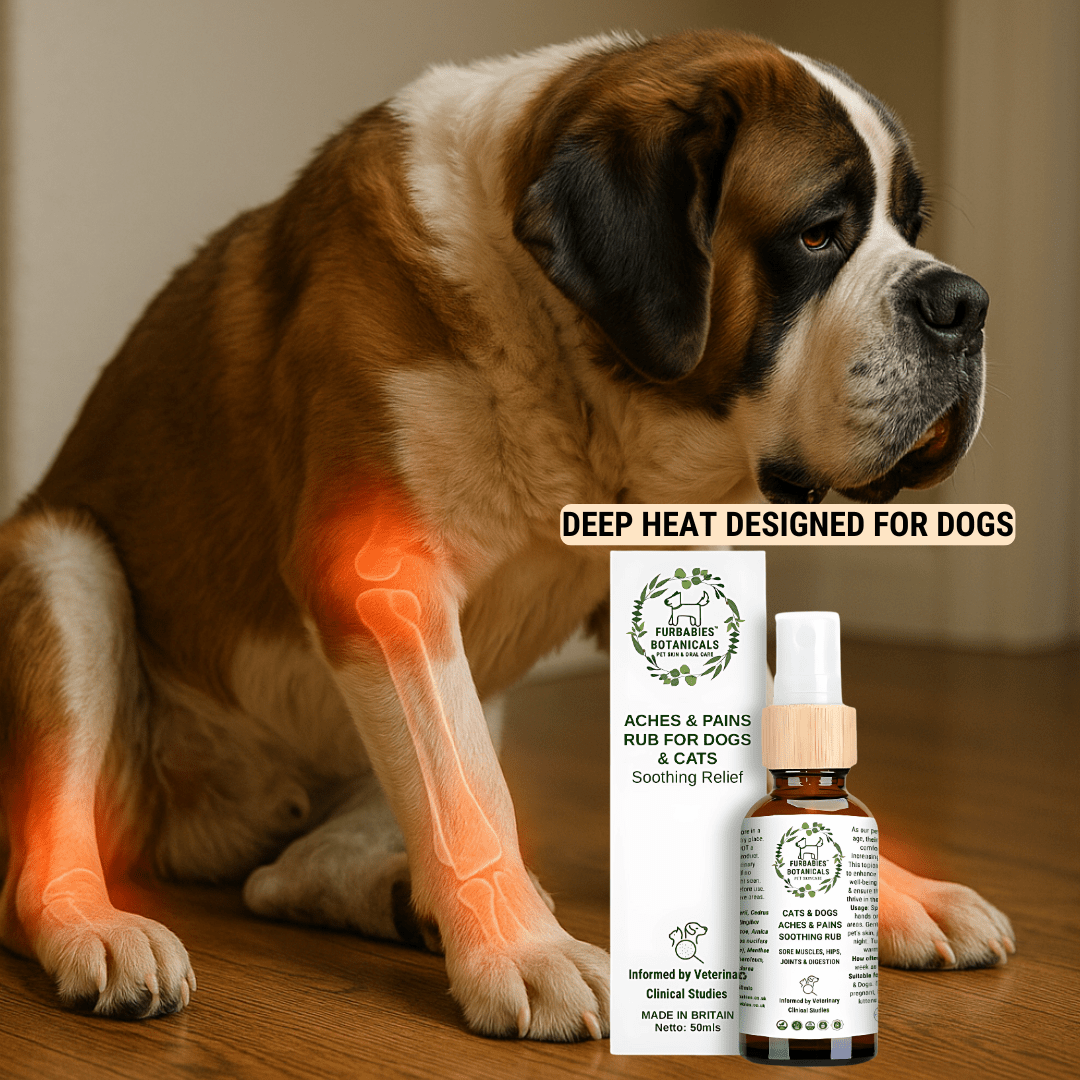

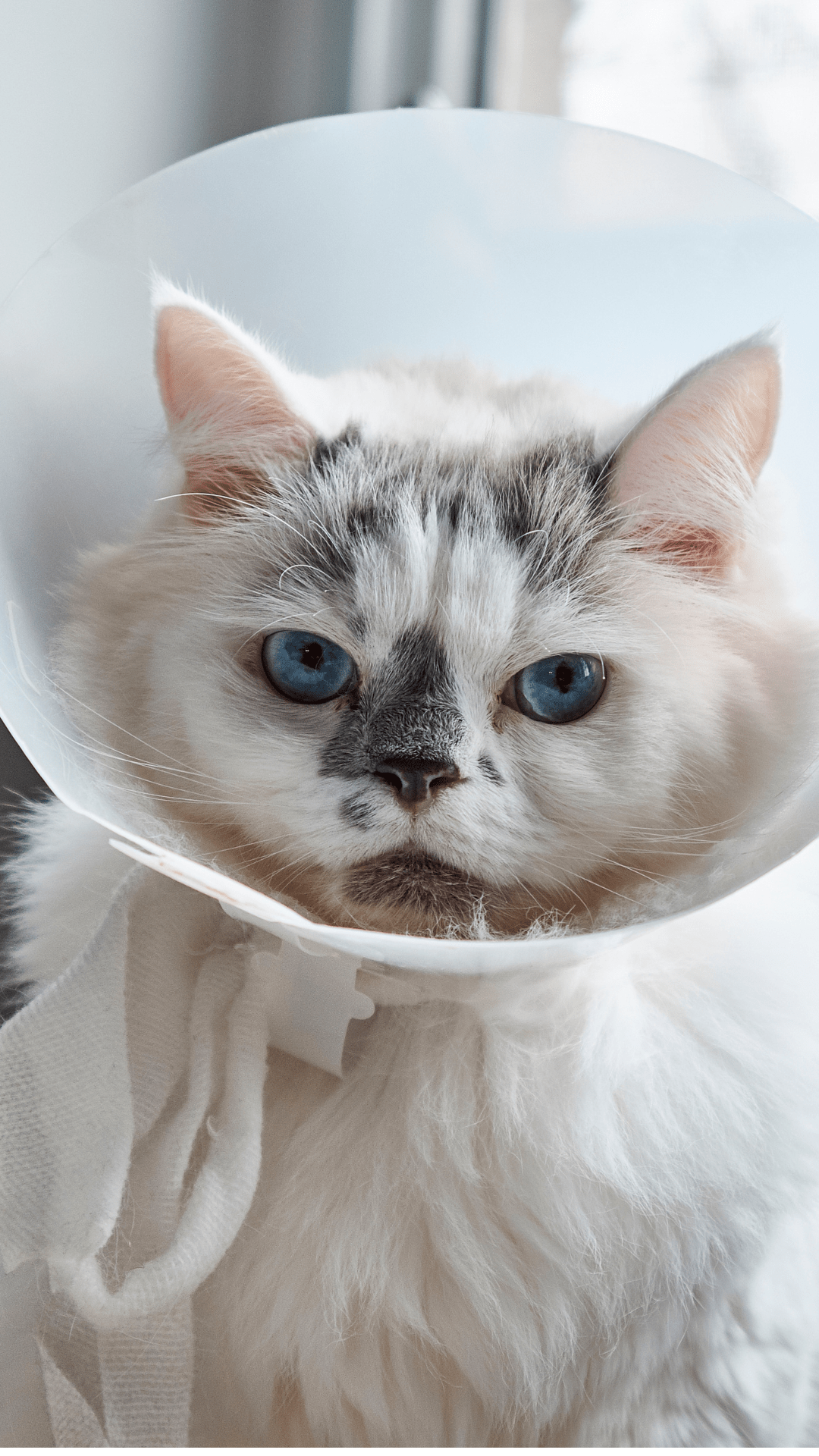
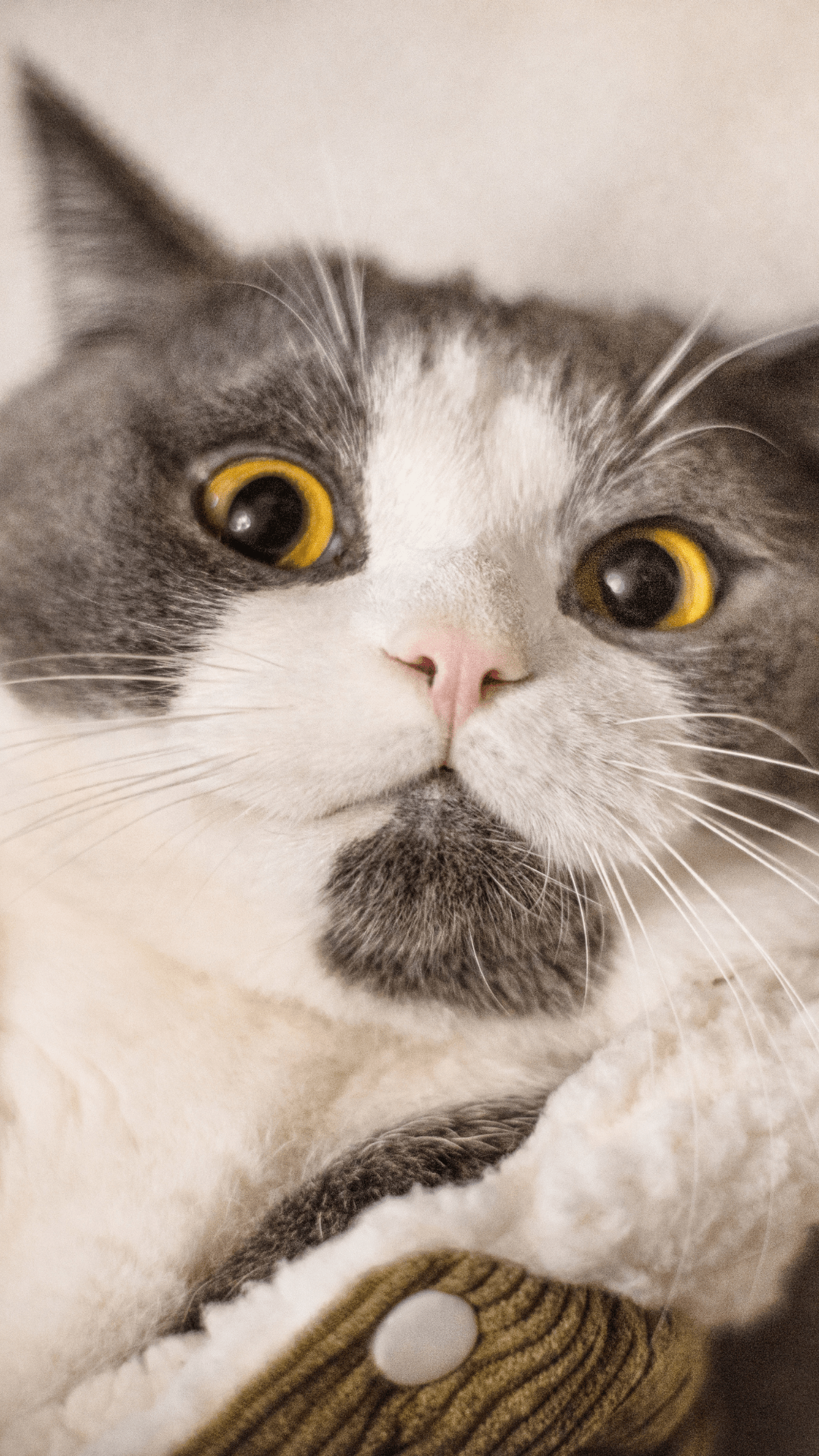




Share:
Cat Chin Acne Treatment: Natural Solutions for Early-Stage Blackheads
Pets At Home Cat & Dog Advent Calenders - 2025 Review